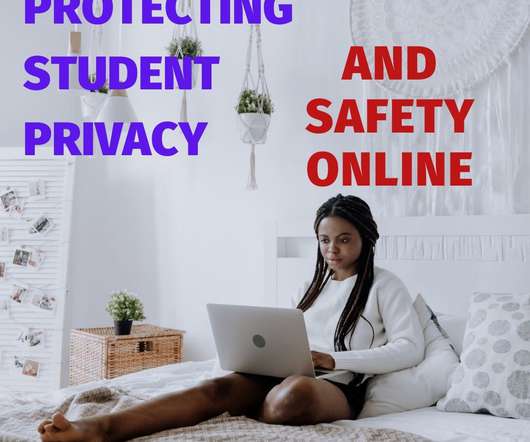How Parents Can Protect Kid’s Privacy and Safety Online
Ask a Tech Teacher
AUGUST 12, 2021
Many people witnessed the change in technology from dial-up modems to broadband. These tools enable you to monitor their mobile devices and computers, so you know whatever your child is doing online. Many parental control tools will help you monitor the activities on social media platforms such as Facebook, TikTok, and Snapchat.




















Let's personalize your content